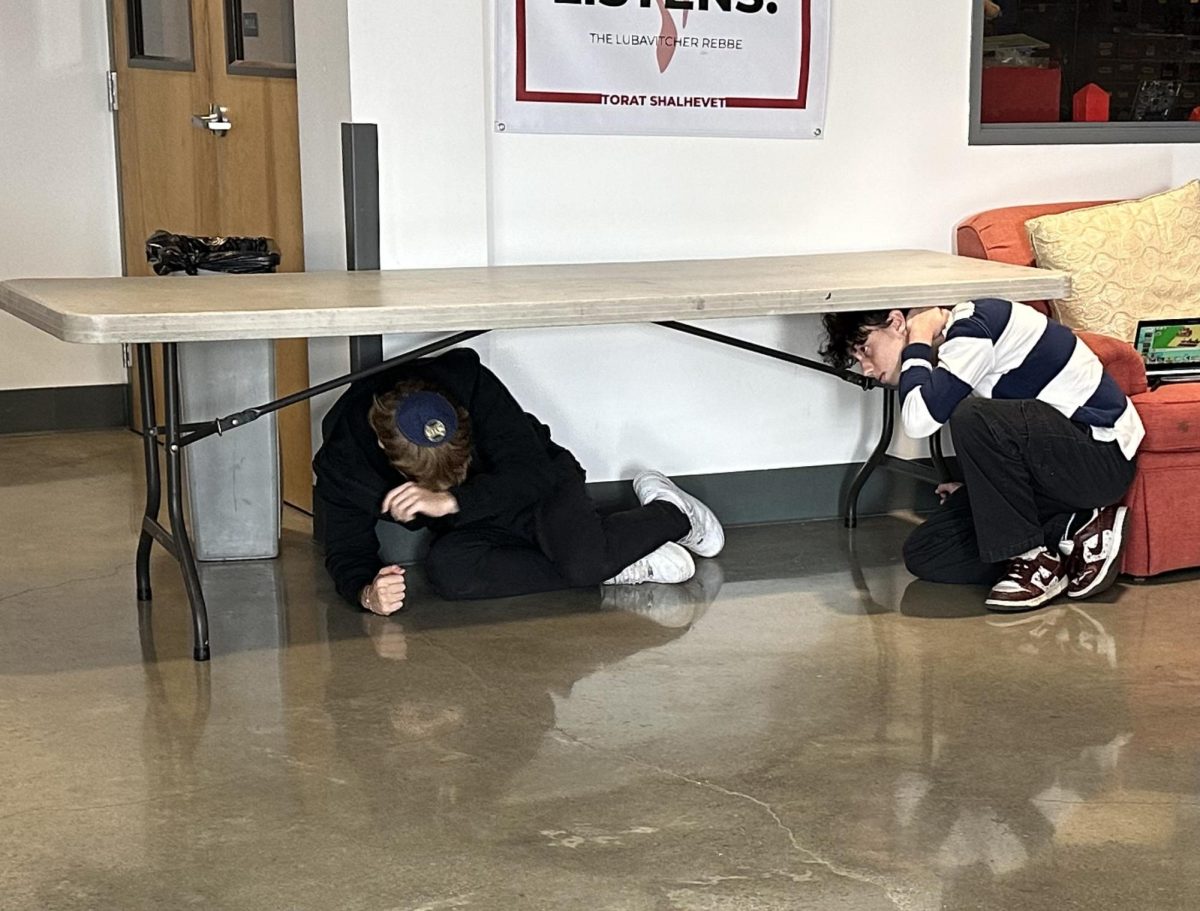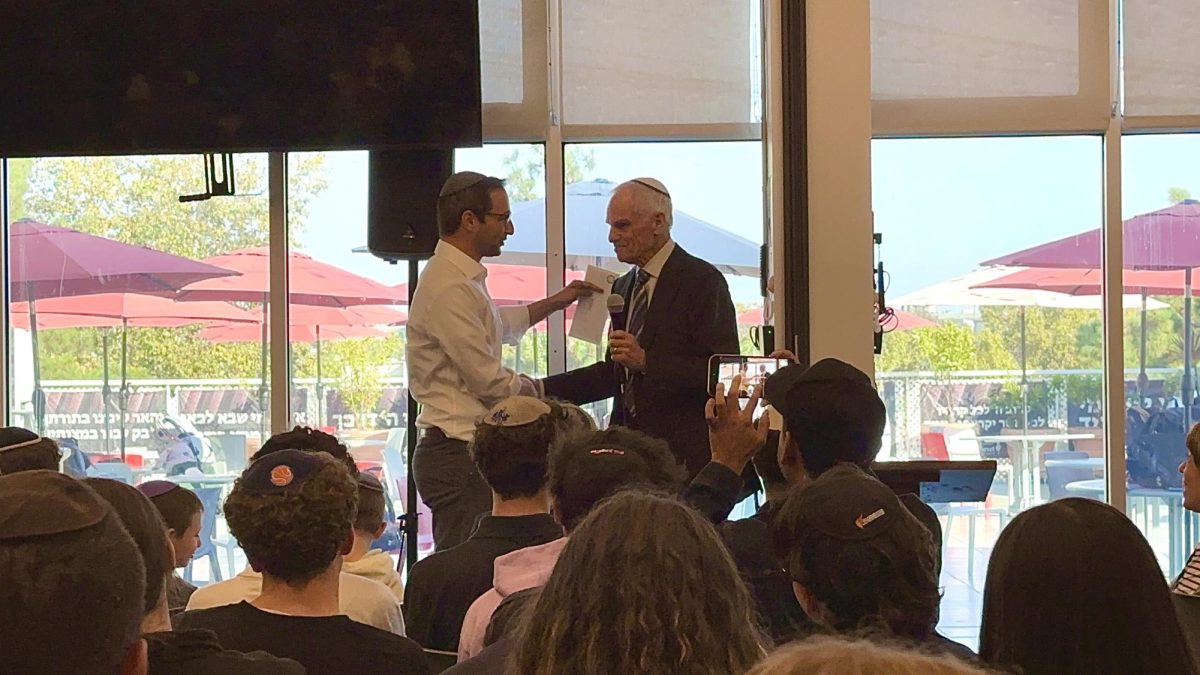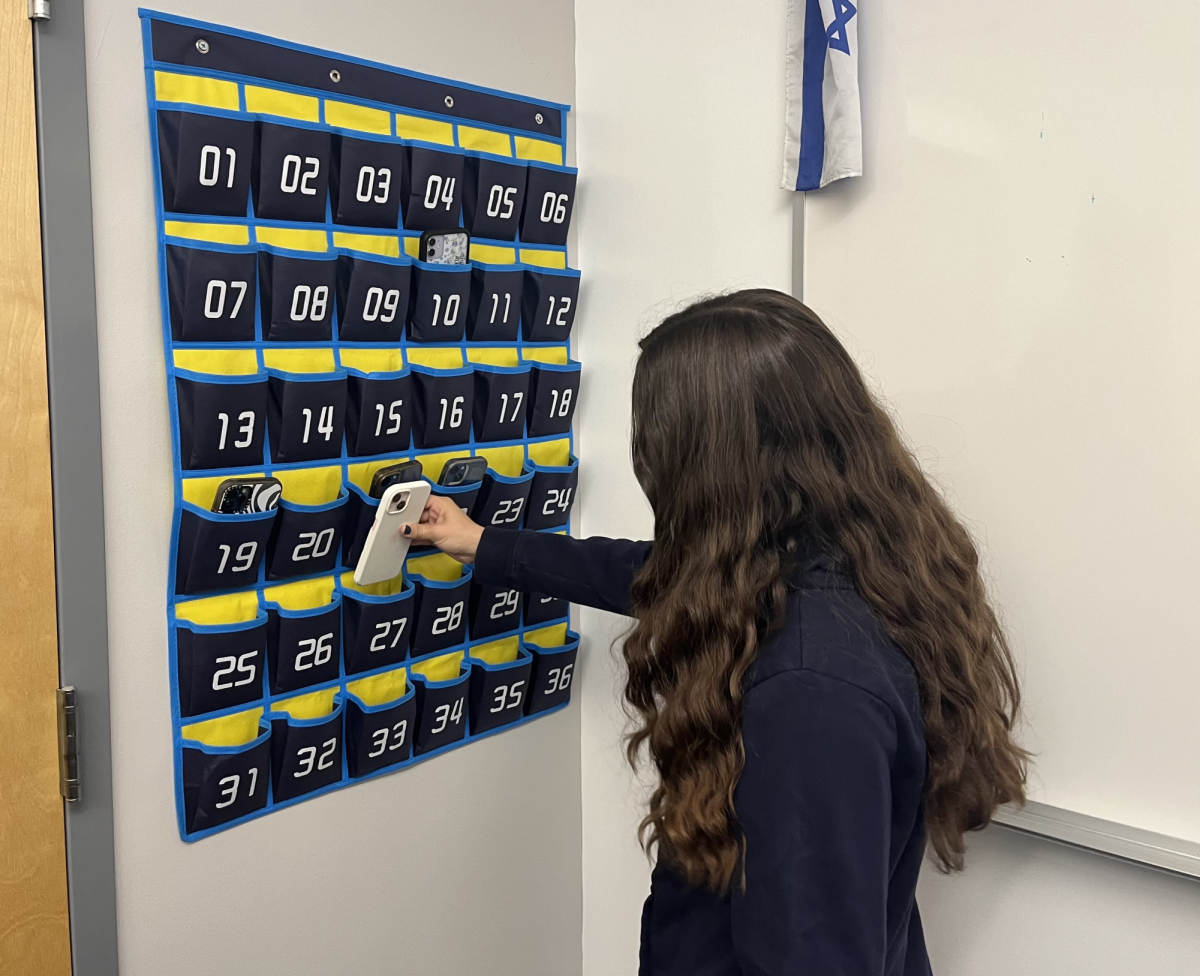In March of last year, a few months after a devastating earthquake struck Haiti, Shalhevet was inspected by Mr. Richard Druyen from Druyen & Associates, a company that helps schools prepare for emergency situations.
Mr. Druyen concluded that Shalhevet’s building was structurally safe, but that the school would need to purchase earthquake supplies and create an emergency plan.
”The thing that made it go as well as it did in Japan was that they always drill exercised their plan,” Mr. Druyen said in a phone interview this week. “You can’t wait until the day of the emergency.”
Sixteen months after its inspection, Shalhevet’s plan has been finalized and a supply list is complete. There have been a number of fire drills this year – one just last week – and every classroom has a new clipboard by the door with a list of students who should be there each period of the day.
General Studies Principal Mr. Phu Tranchi said the school is hoping to participate in “The Great California ShakeOut,” an earthquake preparedness drill, next October.
But no one seems to know where the supplies are.
“Though I know we need to update them, we do have [earthquake] supplies,” Mr. Tranchi said.
A Boiling Point reporter asked where the supplies were located, hoping to take a picture.
“I don’t know where they are,” Mr. Tranchi replied.
Lili Einalhori, Registrar and Director of Facilities, was also unaware of where earthquake supplies were located in the building, and Rabbi Ari Leubitz, Judaic Studies Principal, could not produce them either.
“We are aiming to be up to code by the end of the summer,” said Rabbi Leubitz. “We have a point person for class registration and discipline, but earthquake preparedness did not have a real point person and was not monitored as it should be. But with my new responsibilities, next year it will be done.”
A Boiling Point internet search was not able to find any actual laws mandating schools to have emergency supplies on hand. But the Los Angeles Unified School District has standards that are listed on a district website (tinyurl.com/BPearthquakeSafety). According to the LAUSD’s Office of Environmental Health and Safety, Shalhevet needs flashlights, batteries, radios, first aid supplies, drinking water (1.5 liters per person), wrenches, pumps, pitchers, cups, bleach, canned foods and personal hygiene products.
After last spring’s inspections, Mr. Druyen said the building was structurally strong, and well-equipped with multiple exits free of obstructions or electrical wires. All we needed, he said, were supplies – for example, 55-gallon drums of water.
Dave Chameides, then Director of Sustainability, explained why.
“You want to make sure you can be self-sufficient for 72 hours,” Dave said. “You might not receive help until then because people will be too busy rescuing people from buildings.”
Druyen & Associates is one vendor that packages supplies for schools. For example, the company sells “classroom backpacks” with supplies and emergency instructions for $50 each. Mr. Druyen said emergency supplies for the whole school would run around $3000.
A possible reason for the delay is that last spring’s purchasing plans got lost in the tumultuous final quarter of the 2009-10 school year, when the lower schools’ closing was announced March 17 and then head-of-school Rabbi Elchanan Weinbach suddenly resigned just a month later.
Mr. Yossi Kastan, who teaches the Business elective this year but last year was an administrator in charge of the building, said plans were drawn up in detail.
“There was a plan to purchase supplies drawn up last year with a budget,” said Mr. Kastan yesterday. “It was just a matter of getting financial approval, and it happened to be at the time where the lower schools closed, so it never went through.”






